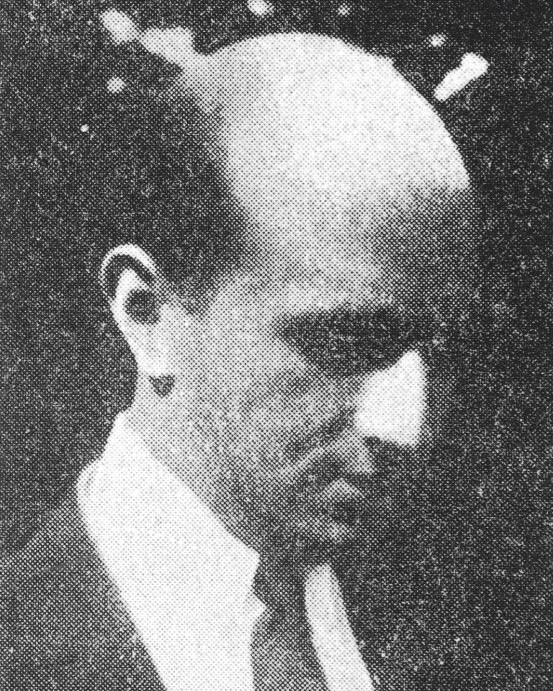Abraham WEINBAUM
Январь 4, 2019Joachim WEINGART
Январь 4, 2019Осип ВеЙНБеРГ
ВИТЕБСК (РОССИЯ) 1899 – ДЕПОРТИРОВАН В ОСВЕНЦИМ В 1942 Г.
Осип Вейнберг вырос в Витебске. Когда ему испол- нилось шесть лет, его родители развелись. Мать вышла замуж за богатого торговца и уехала жить в Санкт-Петербург. В 1913 году Осип учился в лицее Санкт-Петербурга и одновременно посещал курсы рисования профессора Василия Шухаева (1887–1939), прежде чем записаться в Академию Художеств Санкт- Петербурга. В 1920 году уехал в Берлин, где встретил- ся со своей матерью и отчимом и работал над портрета- ми в духе кубизма. В 1928 году Осип Вейнберг приехал в Париж и познакомился с французской живописью. Учился в академии Гранд-Шомьер и постепенно отошёл от кубиз- ма. В 1928–1935 годах Вейнберг жил в прекрасных усло- виях на деньги, которыми его снабжал отчим. В 1936 году был вынужден пойти работать секретарём к другу своего отчима. Продолжал заниматься живописью. 16 июля 1942 года во время облавы Зимнего вело- дрома Осип Вейнберг с братом и золовкой были аресто- ваны французской полицией. 31 июля 1942 года были депортированы эшелоном №13. Убиты в Освенциме.
Stories of Jewish Artists of the School of Paris 1905-1939
FRENCH-ENGLISH
Capitale des arts, le Paris des années 1905-1939 attire les artistes du monde entier. De cette période de foisonnement, un terme est resté, celui d'Ecole de Paris, qui recouvre une grande diversité d'expression artistique. Dans ce brassage dont Montparnasse est le creuset, un groupe se distingue : celui des artistes juifs venus de Russie, de Pologne et d'Europe centrale. Si leurs styles sont variés, un destin commun les rassemble : ils fuient l'antisémitisme de leur pays d'origine. Certains ont connu la célébrité dès les années 1920, tels Soutine, Lipchitz ou Chagall. D'autres n'ont pas eu le temps ou la chance d'y accéder. Près de la moitié a péri dans les camps de concentration nazis.
From 1905 to 1939, Paris attracted artists from all over the globe as the capital of the art world. This period of artistic proliferation became known as the School of Paris, and includes a great diversity of artistic expression. Within the teeming art world centred on Montparnasse, one group set itself apart: Jewish artists from Russia, Poland, and Central Europe. Although their styles were diverse, they shared the common fate of fleeing anti-Semitic persecutions in their home countries. Some became famous in the 1920s, such as Soutine, Lipchitz, and Chagall, while others did not have the time or the luck to gain renown. Nearly half of these artists died in Nazi concentration camps.





